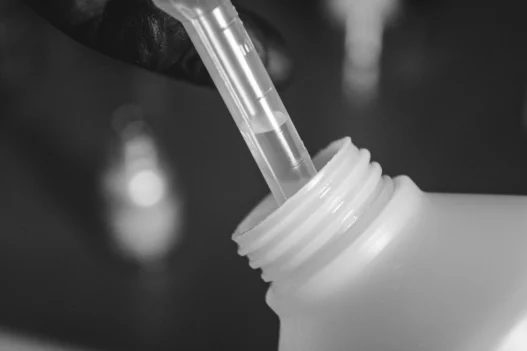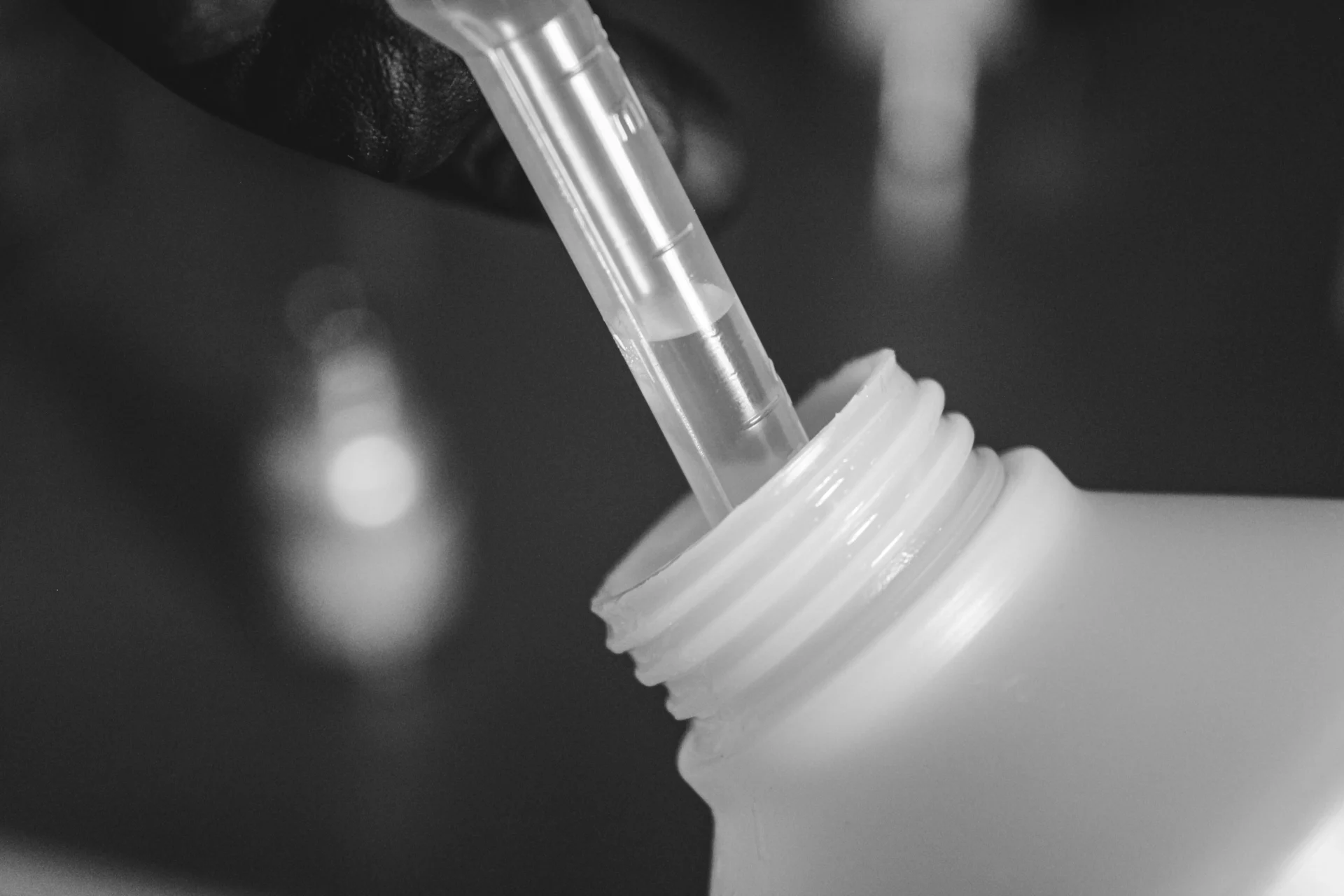Thioguanine is a medication primarily used in the treatment of certain types of leukemia. While it may not have direct relevance to the daily lives of most individuals, its importance lies in its ability to help those suffering from this serious and life-threatening disease. By effectively inhibiting the growth of cancer cells, thioguanine plays a crucial role in the management and potential remission of leukemia, improving the quality of life and prognosis for patients battling this difficult condition.
Table of Contents:
- 💡 Commercial Applications
- ⚗️ Chemical & Physical Properties
- 🏭 Production & Procurement
- ⚠️ Safety Considerations
- 🔬 Potential Research Directions
- 🧪 Related Compounds
💡 Commercial Applications
Thioguanine, also known as 6-thioguanine, has limited commercial and industrial applications due to its primary use as a medication. However, it can be used in research laboratories as a chemical reagent for certain biochemical tests. Its potent anti-cancer properties have also been studied for potential use in cancer treatment.
In the field of medicine, Thioguanine is primarily used as a chemotherapy drug to treat certain types of leukemia. It is a purine analog that interferes with DNA synthesis and cell proliferation, making it effective against rapidly dividing cancer cells. Thioguanine is typically prescribed in combination with other chemotherapy agents to maximize its therapeutic benefits.
Thioguanine is also used in the treatment of inflammatory bowel disease, specifically to induce and maintain remission in patients with Crohn’s disease and ulcerative colitis. Its immunosuppressive properties help reduce inflammation in the gastrointestinal tract, improving symptoms and overall quality of life in affected individuals. Despite its potential side effects, Thioguanine remains a valuable option for patients with refractory or severe cases of inflammatory bowel disease.
⚗️ Chemical & Physical Properties
Thioguanine is a crystalline solid with a white to off-white appearance and no distinct odor.
With a molar mass of 167.2 g/mol and a density of 1.80 g/cm3, Thioguanine is heavier and denser than common food items such as sugar (molar mass of 180.16 g/mol, density of 1.59 g/cm3) and salt (molar mass of 58.44 g/mol, density of 2.16 g/cm3).
Thioguanine has a melting point of 263-265°C and a boiling point of approximately 637°C. These values are significantly higher than those of common food items such as butter (melting point of 32-35°C, boiling point of 150-200°C) and honey (melting point of 30-40°C, no definite boiling point).
Thioguanine is sparingly soluble in water and has a low viscosity. In comparison, common food items like sugar and salt are highly soluble in water, while also having lower viscosity compared to Thioguanine.
🏭 Production & Procurement
Thioguanine is typically produced through chemical synthesis in pharmaceutical laboratories. This process involves the reaction of guanine with thiourea, resulting in the formation of thioguanine. Various purification steps are then carried out to obtain the final product in its pure form.
Thioguanine can be procured through licensed pharmaceutical manufacturers who produce and distribute the drug to pharmacies and healthcare facilities. It is often prescribed by medical professionals for the treatment of certain types of leukemia and other conditions. Once procured, Thioguanine can be transported via standard shipping methods to reach its intended destination.
In the United States, Thioguanine is classified as a prescription medication due to its potential for serious side effects and interactions with other drugs. Patients can obtain Thioguanine through a healthcare provider who will determine the appropriate dosage and duration of treatment. It is important for patients to follow the prescribed guidelines for use and consult their healthcare provider if they experience any adverse effects.
⚠️ Safety Considerations
Safety considerations for Thioguanine include its potential to cause irritation to the skin, eyes, and respiratory system. It is classified as a hazardous substance, and exposure should be minimized through the use of personal protective equipment such as gloves, goggles, and a respirator. It is important to have appropriate ventilation in areas where Thioguanine is being handled to prevent inhalation of the substance.
Hazard statements for Thioguanine include its ability to cause skin irritation, serious eye damage, and respiratory irritation. It is also harmful if swallowed, with the potential to cause organ damage. Prolonged or repeated exposure may cause allergic skin reactions and toxicity to aquatic life. It is important to handle Thioguanine with care and follow proper safety protocols to avoid these hazards.
Precautionary statements for Thioguanine include avoiding contact with skin, eyes, or clothing, and using appropriate protective equipment when handling the substance. In case of skin contact, it is important to wash the affected area with soap and water. In case of eye contact, rinse cautiously with water for several minutes while removing contact lenses. If swallowed, seek medical advice immediately and show the container or label of Thioguanine. Proper disposal methods should be followed to prevent environmental contamination.
🔬 Potential Research Directions
One potential research direction for Thioguanine involves exploring its efficacy in combination therapies with other chemotherapy drugs for various types of cancer. This could lead to a better understanding of how Thioguanine interacts with other drugs and how these combinations affect tumor growth and patient outcomes.
Another avenue of research could involve investigating the mechanisms of resistance to Thioguanine in cancer cells. By understanding how cancer cells develop resistance to this drug, researchers may be able to develop strategies to overcome this resistance and improve patient response to treatment.
Additionally, there may be potential for studying the pharmacogenetics of Thioguanine to identify genetic factors that influence individual patient responses to the drug. This personalized medicine approach could help optimize Thioguanine dosing regimens, reduce side effects, and improve treatment outcomes for patients with different genetic backgrounds.
🧪 Related Compounds
One similar compound to Thioguanine based upon molecular structure is Mercaptopurine. Mercaptopurine is a purine analog that has a sulfur group at the same position as Thioguanine. This structural similarity allows Mercaptopurine to exert its therapeutic effects in a similar manner to Thioguanine.
Another compound similar to Thioguanine is Azathioprine. Azathioprine is a prodrug that is converted into its active form, 6-mercaptopurine, in the body. This active form has a molecular structure that closely resembles Thioguanine, allowing Azathioprine to inhibit purine synthesis and exhibit immunosuppressive effects.
A third compound similar to Thioguanine is Pentostatin. Pentostatin is a purine analog that inhibits adenosine deaminase, leading to the accumulation of deoxyadenosine triphosphate in cells. This results in DNA damage and cell death, similar to the mechanism of action of Thioguanine. The molecular structure of Pentostatin shares some similarities with Thioguanine, particularly in the purine ring system.







